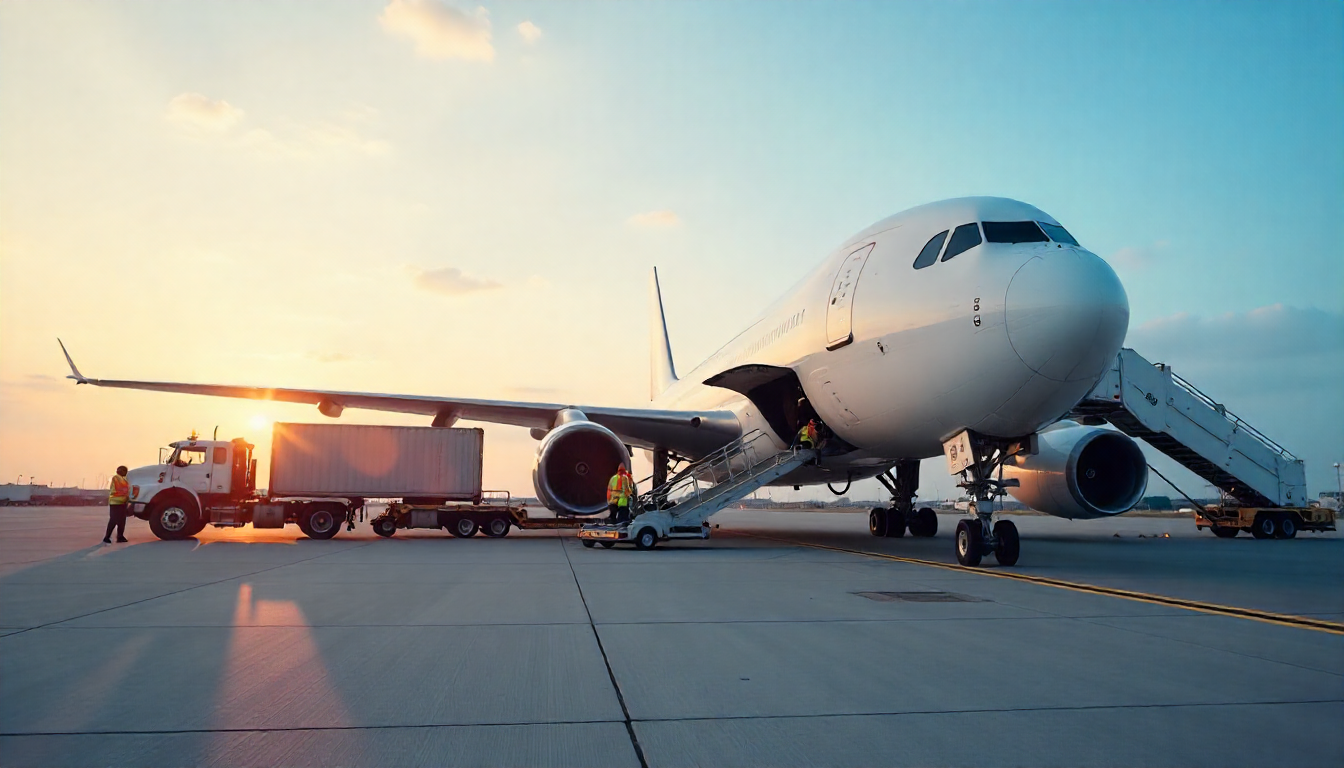The global freight market is anything but predictable in 2025. Through this, U.S. importers are managing significant inventory levels, and carriers juggle routes and capacity to offset soft demand.
Congestion at major Asian ports and changes in trade policies contribute to shifts in how goods are imported into the country. For the shippers and logistics, these dynamics imply the need for flexible thinking and planning.
Blank sailings and capacity management
Traditionally, shipments tend to spike in autumn. However, this year sees more blank sailings than peak season shipping spikes. Carriers doubled the number of blank sailings in late August and early September, and October announcements show more than 35 void sailings, with over half by the Ocean Alliance. One big carrier has suspended its service altogether.
On the other hand, despite capacity cuts, demand appears weak, as inventories remain high in U.S. markets and shipments are delayed. Such an imbalance would imply schedule disruptions for importers depending on bulk freight shipping, with minimal seasonal volume offsetting these costs.
Port congestion in Asia
Congestion at Asian gateways is another pressure point. Shanghai’s terminals are experiencing multi-day delays, with waiting lines of up to 20 ships at Waigaoqiao. Qingdao closures had forced wait times to nearly two full days, and Singapore still faces challenges with yard density levels approaching 85 percent.
Companies that rely on obtaining timely drayage services from U.S. ports often experience a domino effect when delays occur upstream. In these cases, with vessel arrivals late and bunched together, trucking activity loses schedule time; chassis become scarce; and warehouse operations become even tighter in scheduling.
New tariffs and policy shifts
September brought with it some structural changes. In light of a new Executive Order, reciprocal tariffs were adjusted. At the same time, certain critical minerals and pharmaceuticals were exempt from tariffs, and resins, silicones, and other items were removed from exemption, thereby imposing reciprocity. Further options and mechanisms for tariff adjustments are determined for partners like Japan.
The U.S.-Japan trade accord came with an interventionist tariff of 15% on most imports. This, alongside massive Japanese investments into U.S. industries, created an ever-evolving landscape for importers of goods by way of bulk freight shipping or oversized freight shipping, as costs and compliance requirements may shift overnight.
It will be crucial to be proactive regarding tariff classifications and to track announcements from U.S. Customs and Border Protection continually.
Disruptions close to home
Even domestically, incidents put pressure on the local economy and supply chains. Sixty-seven containers fell overboard at the Port of Long Beach early this month, suspending operations from Pier G for safety checks. There were no injuries reported during the suspension, but this indicates how swiftly disturbances near home can cascade down supply chains.
Planning for contingencies must include such scenarios, particularly when oversized freight shipping is involved or time-sensitive freight is being referred to.
Preparing for what’s ahead
The rest of 2025 is expected to remain volatile. This means that shippers must account for tolerances for delays, higher costs, and now changing regulations and requirements. For the industry, whether it be drayage services or carriers, being flexible and maintaining open lines of communication with their partners will matter the most.
KCH Transportation will work with you to stay ahead of those challenges. From drayage to shipping programs customized just for you, our team will ensure that the cargo keeps moving for your benefit.




